Climate safe havens may be a thing of the past
Safe spaces are few and far between
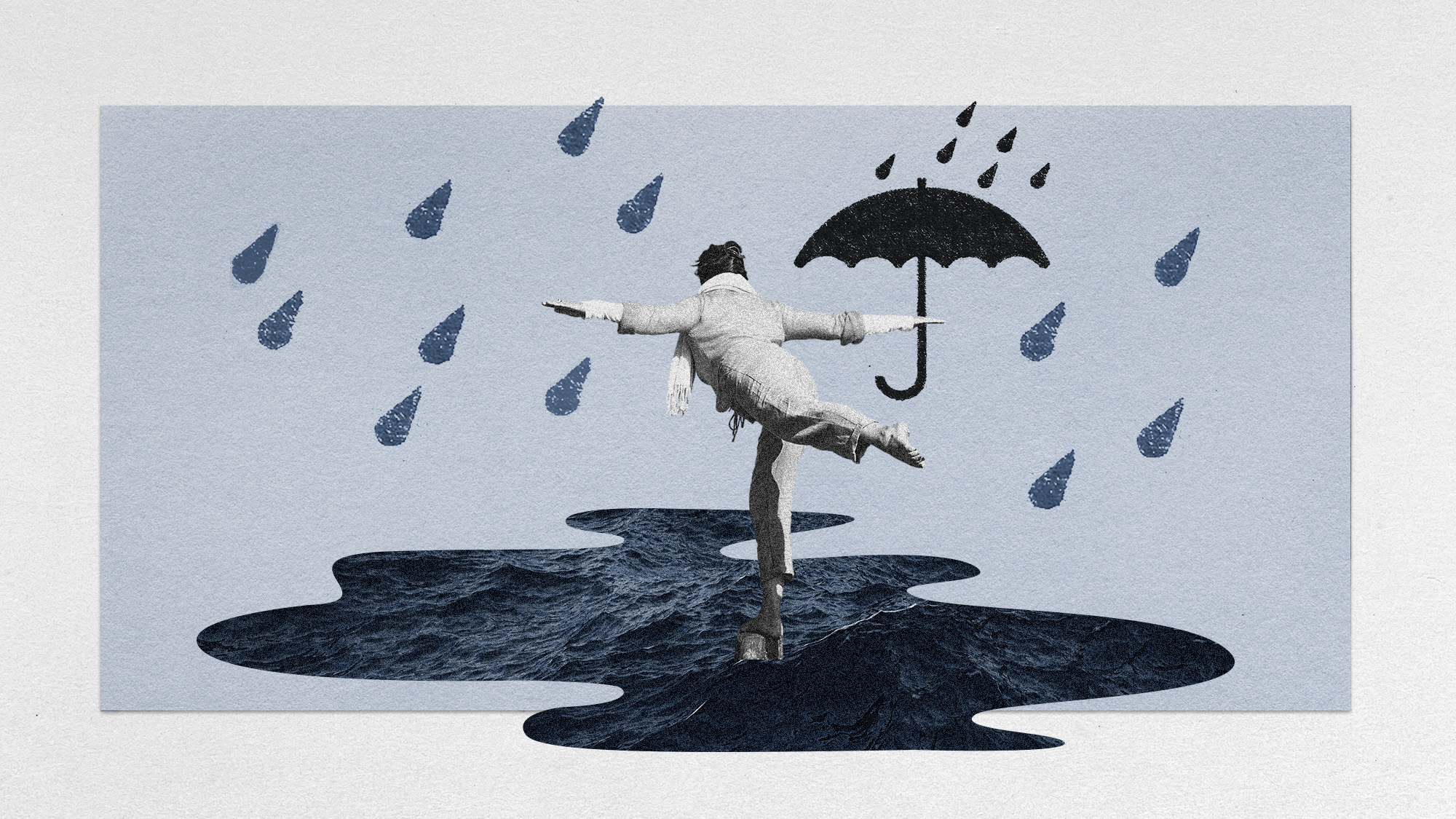

Hurricanes Helene and Milton wreaked havoc on the U.S. south, including some areas that were once thought to be safe from the effects of climate change. These climate havens are seeing high levels of immigration as people look to move away from heavily affected regions. However, as global temperatures rise and climate change continues to worsen, no place on Earth will truly be free from the disastrous effects.
A climate haven no more
Climate safe havens are "areas touted by researchers, public officials and city planners as natural refuges from extreme climate conditions," said PBS News. In the U.S., these locations tend to be in the Midwest or quite inland from the coast. One of the most popular "safe" places was Asheville, North Carolina, where many have opted to move to because they "viewed this as a safe haven from wildfires out west and hurricanes that were hitting more coastal areas," Mike Figura, an Asheville-based real estate broker, said to NPR. But the pummeling from Hurricane Helene left some of the worst damage in North Carolina, with almost one-third of the hurricane deaths occurring in Buncombe County, which encompasses Asheville.
"Many folks seeking out climate-change-protected places in the U.S. have leaned toward small, progressive cities in relatively cool parts of the Midwest and East," said Yale Climate Connections. The problem is that climate change has caused both the atmosphere and the ocean to be warmer, which both act as fuel for a hurricane and allow it to reach further inland. While many in the coastal regions were directed to evacuate in preparation for the storm, most deaths still "occurred farther inland, in the mountainous terrain where challenges such as spotty cell and internet services, limited experience with hurricanes and more limited evacuation infrastructure" left people "feeling caught off guard," said an analysis by World Weather Attribution.
The Week
Escape your echo chamber. Get the facts behind the news, plus analysis from multiple perspectives.

Sign up for The Week's Free Newsletters
From our morning news briefing to a weekly Good News Newsletter, get the best of The Week delivered directly to your inbox.
From our morning news briefing to a weekly Good News Newsletter, get the best of The Week delivered directly to your inbox.
Climate change has been bringing more extreme weather all over the world from stronger hurricanes to wildfires to droughts. "What happened in western North Carolina really speaks to the challenge of atmospheric warming generating heavier rainfall," said Nicolas Zegre, director of the Mountain Hydrology Lab at West Virginia University, to The Washington Post. "That is a tremendous amount of water that has nowhere to go."
A misleading notion
The idea of a climate safe haven is misleading according to some experts. "Climate change is sort of a pervasive issue that is going to affect communities all over the world — not equally — but definitely it will impact everyone, everywhere in some way," Antonia Sebastian, a professor at the University of North Carolina at Chapel Hill, said to ABC News. Safe havens are simply seeing more severe effects more slowly than some other regions. "What I think people are kind of missing from their interpretation of 'climate haven' is this issue of likelihood," Samantha Montano, a professor of emergency management at Massachusetts Maritime Academy, said to NPR. "Just because it is less likely for a specific disaster to happen in one community does not mean that it is not going to happen in that community."
"The idea of a climate refuge itself is kind of an escapist fantasy," Billy Fleming, director of the McHarg Center at the University of Pennsylvania, said to Vox. "To the extent that a climate refuge even exists, it's not a particularly physical or geophysical phenomenon. It's social and economic." The climate crisis disproportionately impacts those of lower socioeconomic status as they have fewer means to protect themselves or evacuate high-risk areas. But even with money, it is "unlikely that any places will be truly safe from climate change — and even high-elevation, inland areas are vulnerable to drowning in a world where planetary warming is fueling heavier rains," said the Post.
A free daily email with the biggest news stories of the day – and the best features from TheWeek.com
Devika Rao has worked as a staff writer at The Week since 2022, covering science, the environment, climate and business. She previously worked as a policy associate for a nonprofit organization advocating for environmental action from a business perspective.
-
 Farage’s £9m windfall: will it smooth his path to power?
Farage’s £9m windfall: will it smooth his path to power?In Depth The record donation has come amidst rumours of collaboration with the Conservatives and allegations of racism in Farage's school days
-
 The issue dividing Israel: ultra-Orthodox draft dodgers
The issue dividing Israel: ultra-Orthodox draft dodgersIn the Spotlight A new bill has solidified the community’s ‘draft evasion’ stance, with this issue becoming the country’s ‘greatest internal security threat’
-
 Sudoku hard: December 13, 2025
Sudoku hard: December 13, 2025The daily hard sudoku puzzle from The Week
-
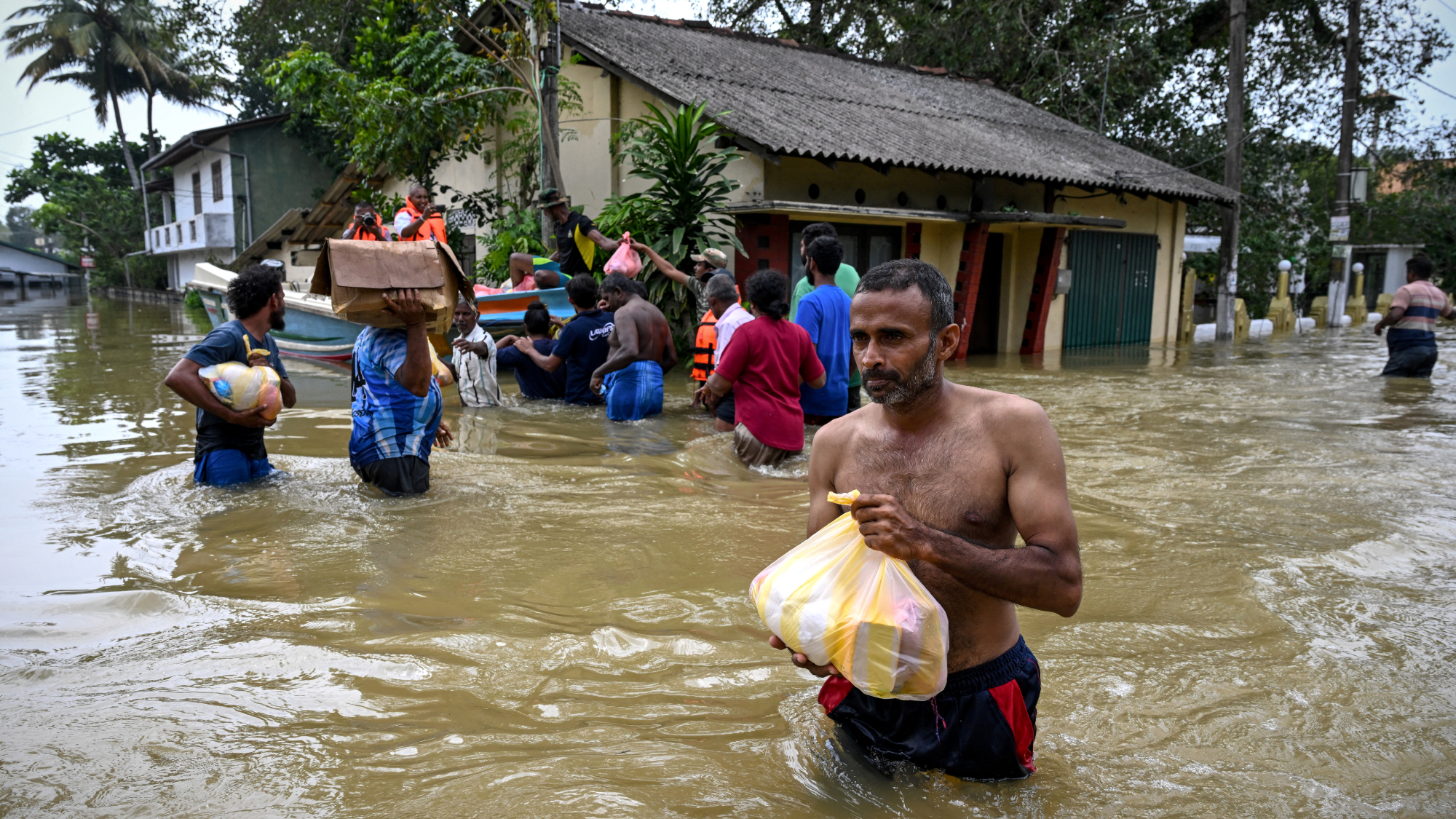 Death toll from Southeast Asia storms tops 1,000
Death toll from Southeast Asia storms tops 1,000speed read Catastrophic floods and landslides have struck Sri Lanka, Indonesia, Thailand and Malaysia
-
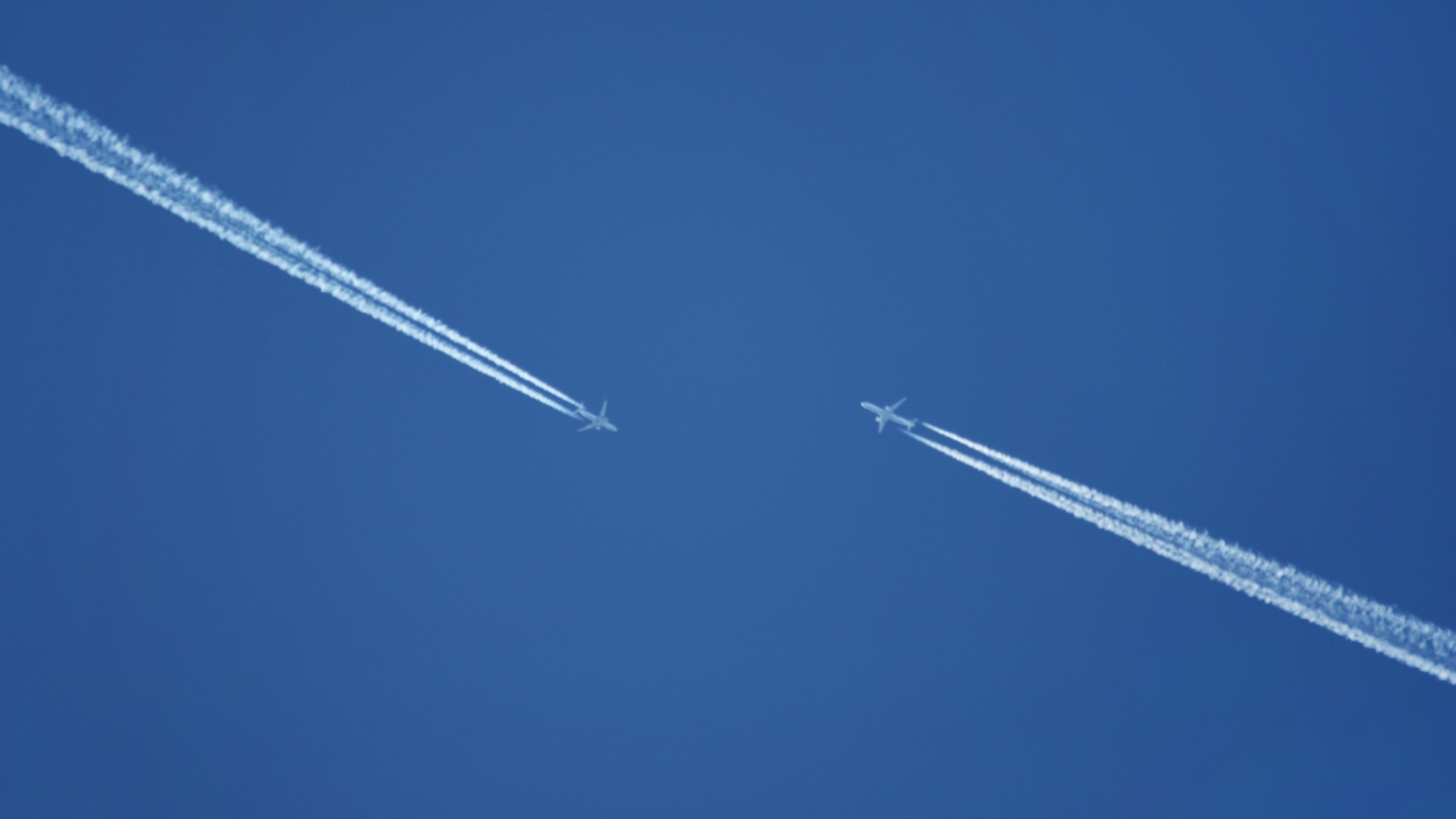 Can for-profit geoengineering put a pause on climate change?
Can for-profit geoengineering put a pause on climate change?In the Spotlight Stardust Solutions wants to dim the sun. Scientists are worried.
-
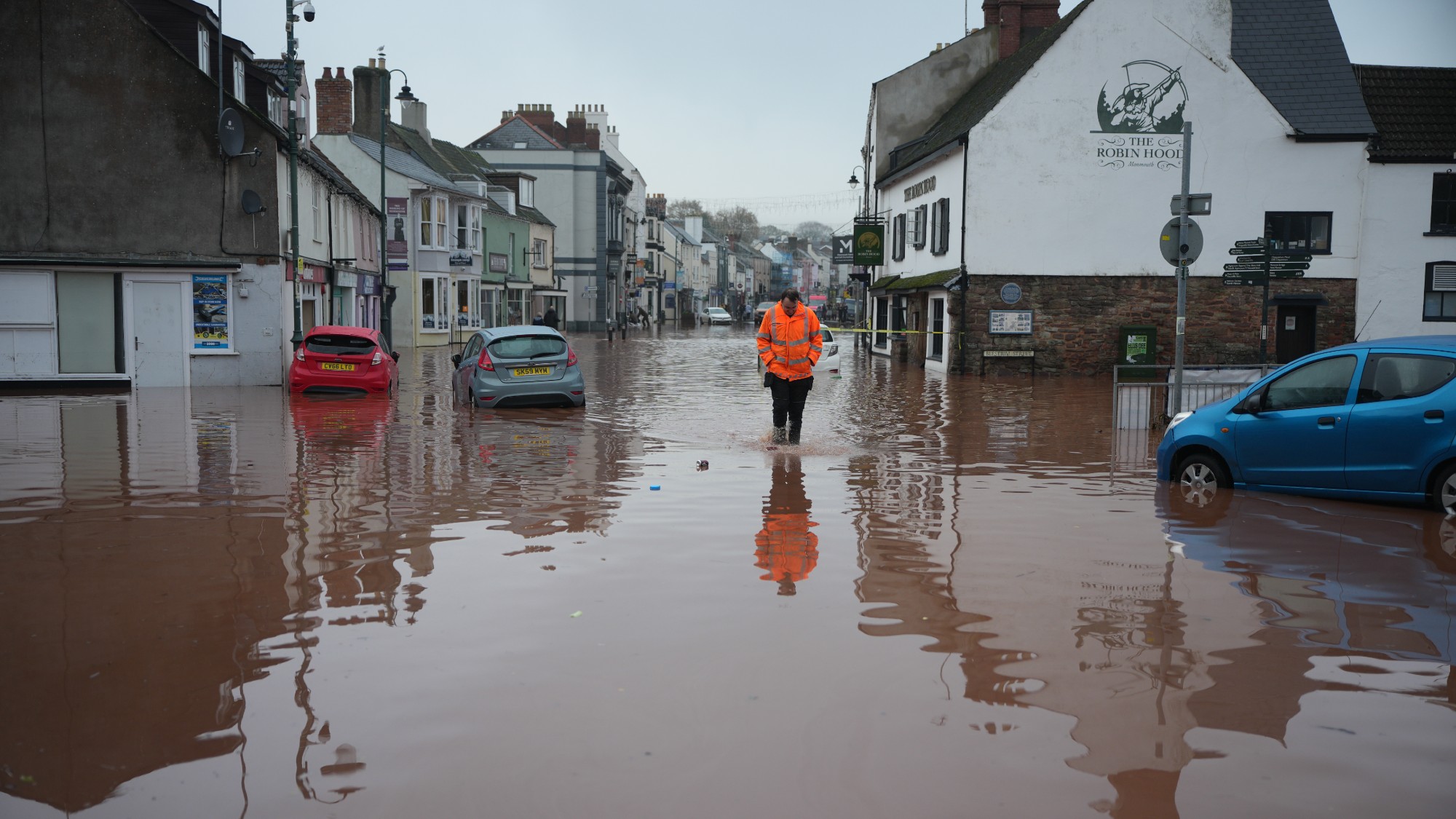 How will climate change affect the UK?
How will climate change affect the UK?The Explainer Met Office projections show the UK getting substantially warmer and wetter – with more extreme weather events
-
 Can the UK do more on climate change?
Can the UK do more on climate change?Today's Big Question Labour has shown leadership in the face of fraying international consensus, but must show the public their green mission is ‘a net benefit, not a net cost’
-
 Did Cop30 fulfil its promise to Indigenous Brazilians?
Did Cop30 fulfil its promise to Indigenous Brazilians?Today’s Big Question Brazilian president approves 10 new protected territories, following ‘unprecedented’ Indigenous presence at conference, both as delegates and protesters
-
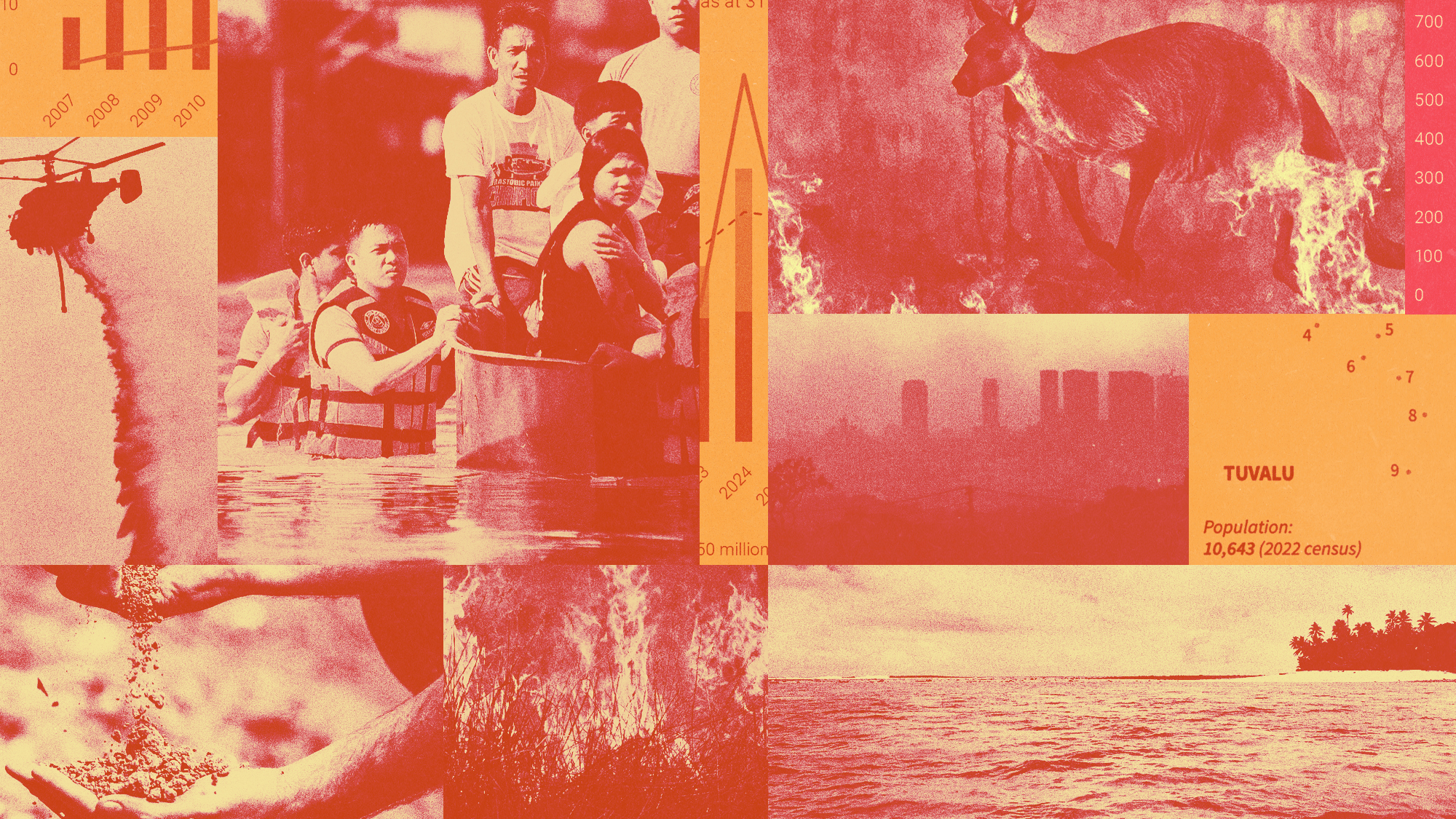 Can the world adapt to climate change?
Can the world adapt to climate change?Today's Big Question As the world gets hotter, COP30 leaders consider resilience efforts
-
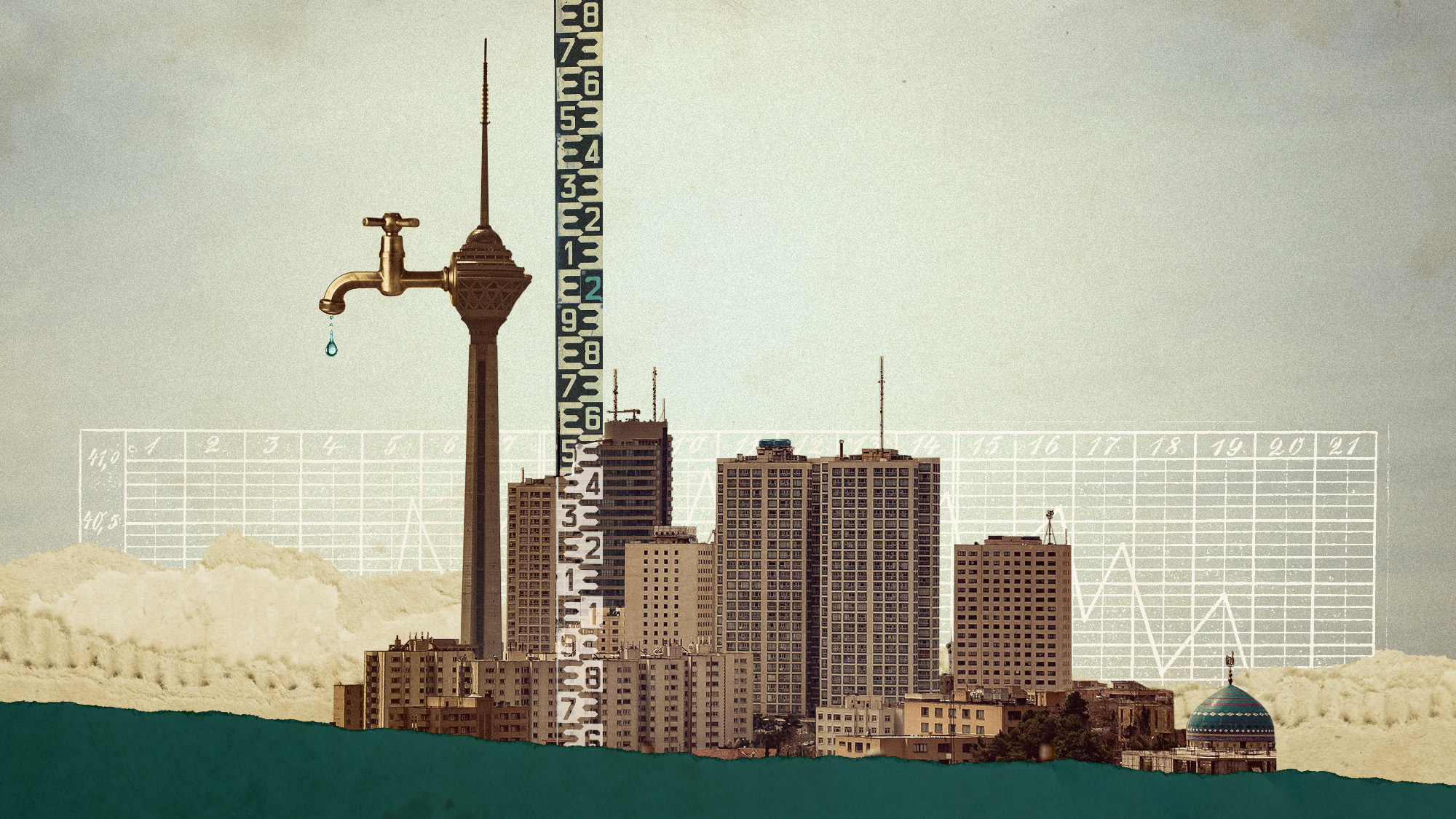 Taps could run dry in drought-stricken Tehran
Taps could run dry in drought-stricken TehranUnder the Radar President warns that unless rationing eases water crisis, citizens may have to evacuate the capital
-
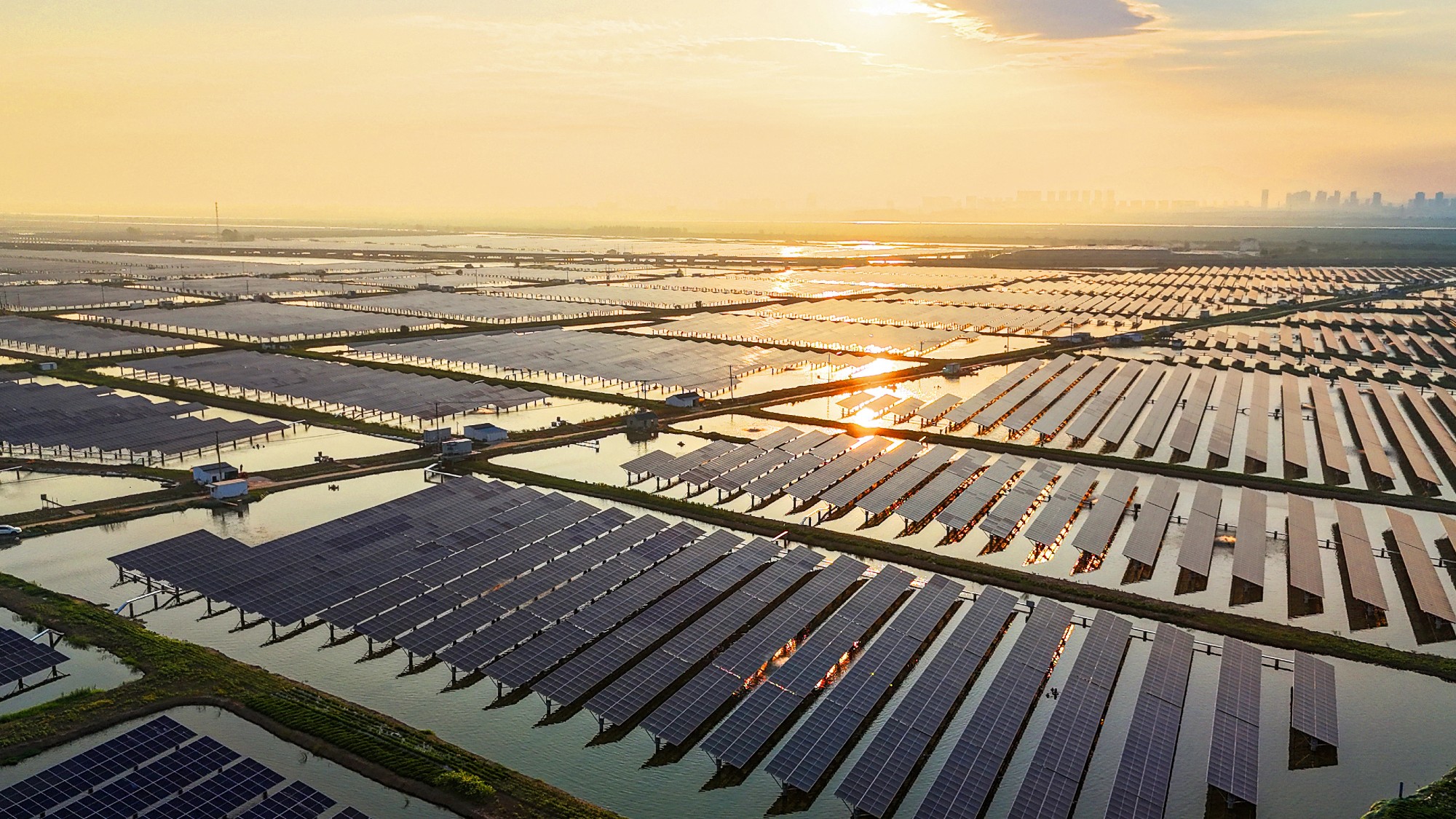 The future of the Paris Agreement
The future of the Paris AgreementThe Explainer UN secretary general warns it is ‘inevitable’ the world will overshoot 1.5C target, but there is still time to change course
